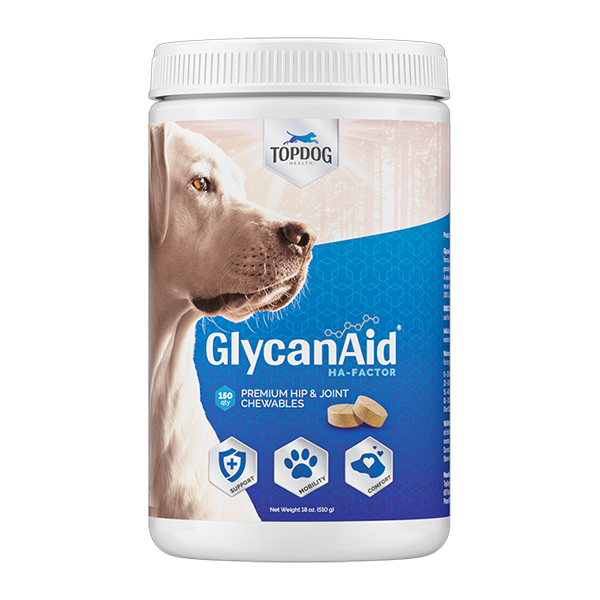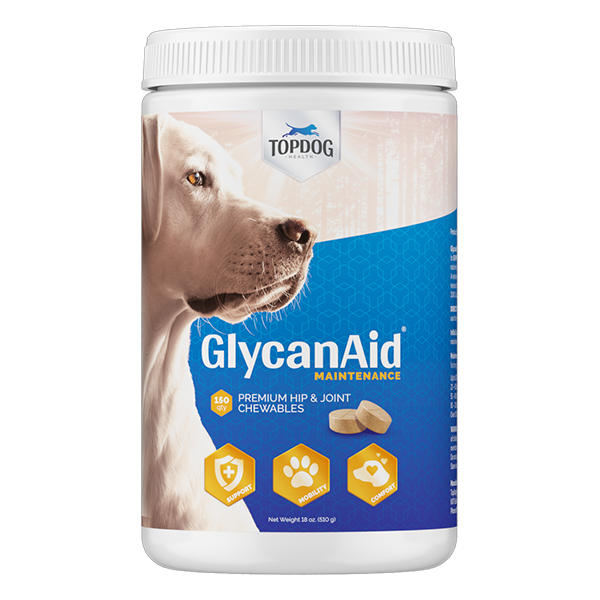- What is it?
- Who gets it?
- What are the signs?
- How is it diagnosed?
- Why did this happen to my dog?
- How is it treated?
- Can it be prevented?
- What is the prognosis for my dog?
What Is It?
This is a bacterial or fungal infection of the vertebrae and the intervertebral discs. This results in swelling, inflammation, and bone deformities of the spine, which puts compression on the spinal cord. The disease should not be confused with spondylosis, which is a non-infectious fusion or degeneration of the vertebrae.
RETURN TO TOP
Who Gets it?
It primarily affects large and giant breed dogs, although dogs of any size may be affected. Males are twice as likely as females to be affected. Dogs with this are most often middle-aged. Breeds represented more frequently are:
- German Shepards
- Great Danes
What Are The Signs?
Common symptoms include those associated with systemic infection such as weight loss, lack of appetite, depression, and fever. Dogs with this disease are often reluctant to run or jump due to pain felt along the spine. There can be musculoskeletal signs such as ataxia, altered gait, or lameness. If the infection causes compression of the spinal cord or rupture of an intervertebral disc, neurologic signs such as paralysis may occur. Clinical signs can last from several days to weeks, too as long as one year.
RETURN TO TOP
How Is It Diagnosed?
Diagnosis can be difficult. Blood tests, urinalysis, radiographs, and spinal taps may be necessary to diagnose the disease. Cultures of blood and urine are often performed to help isolate the cause and choose the appropriate treatment. Myelography, which involves taking x-rays in conjunction with the use of a contrast dye, may be needed to determine the exact location of spinal compression. Surgery may be needed to reduce the compression on the spinal cord.
RETURN TO TOP
Why Did This Happen To My Dog?
Several bacterial and fungal pathogens have been known to cause this. Sources of the bacteria that are believed to infect the spine are the urinary tract, bacterial endocarditis, and even dental disease. In these cases, bacteria in localized areas or the bloodstream migrates to and colonizes in the spine. The most common cause is due to puncture by grass awns, which are plant materials with barbed ends that can move forward, but not backward. They include wheat, barley, cheatgrass, and foxtail. Grass awns are believed to introduce bacteria by inhalation and puncturing the lungs, or by puncturing the bowel. Factors such as immunosuppression, spinal trauma, and foreign body migration also appear to play important roles.
RETURN TO TOP
How Is It Treated?
It is usually treated medically with appropriate antibiotics against the causative agent. Corticosteroids should NOT be given to dogs with a vertebral infection. Surgical treatment is rarely required unless the patient does not respond to medical therapy, or to decompress the spinal cord and stabilize the spine.
RETURN TO TOP
Can It Be Prevented?
Owners can attempt to prevent this by eliminating exposure to grass awns, good dental health, routine physical exams, and blood work. However, most of the time the exact cause of the infection is unknown until it is cultured.
RETURN TO TOP
What Is The Prognosis For My Dog?
Most dogs respond well to antibiotics if the infection is bacterial. However, fungal infections are much harder to treat, have limited success, and may need to be given for prolonged periods. Prognosis is guarded in the case of a fungal infection of the spine. Recurrence is possible in both bacterial and fungal infections. Patients that do not respond to the initial medical treatment, have a sudden onset of neurological signs, show signs of spinal instability, or are non-ambulatory are given a guarded to poor prognosis.
RETURN TO TOP




